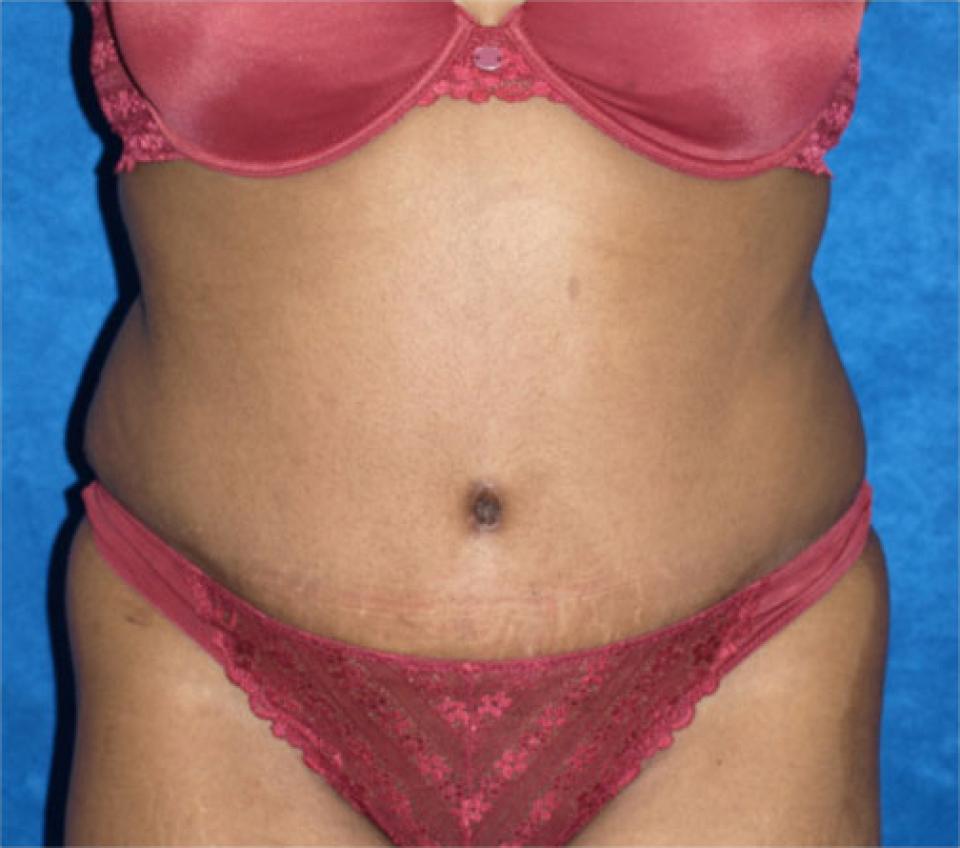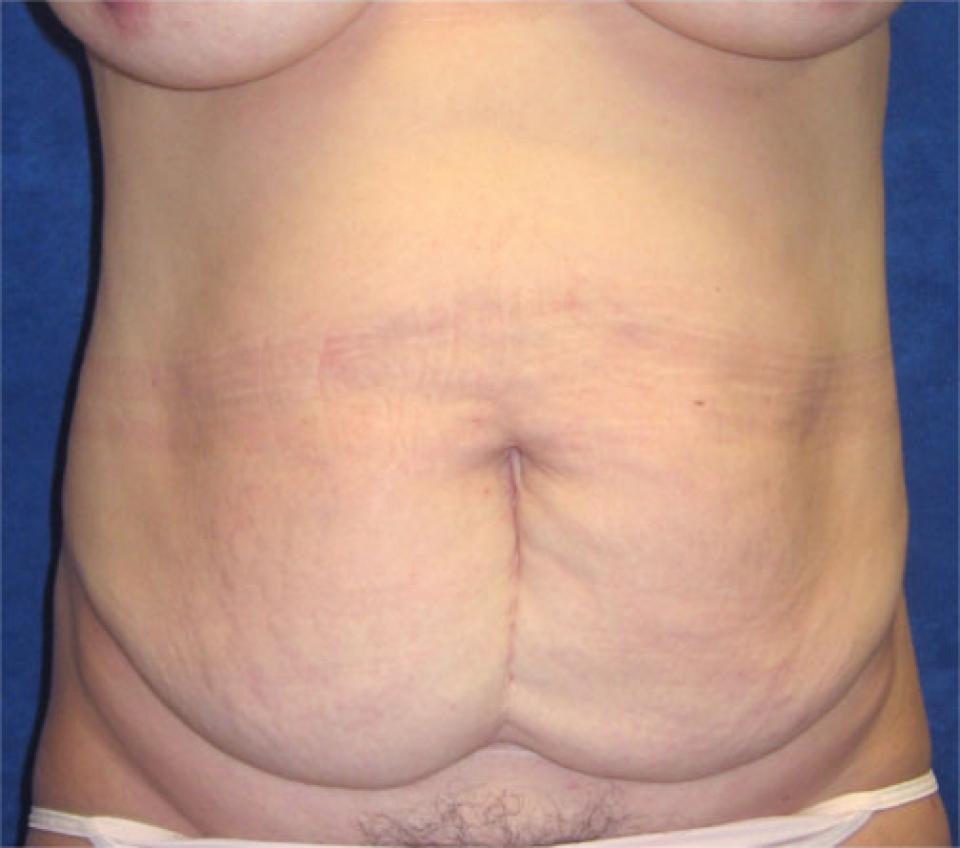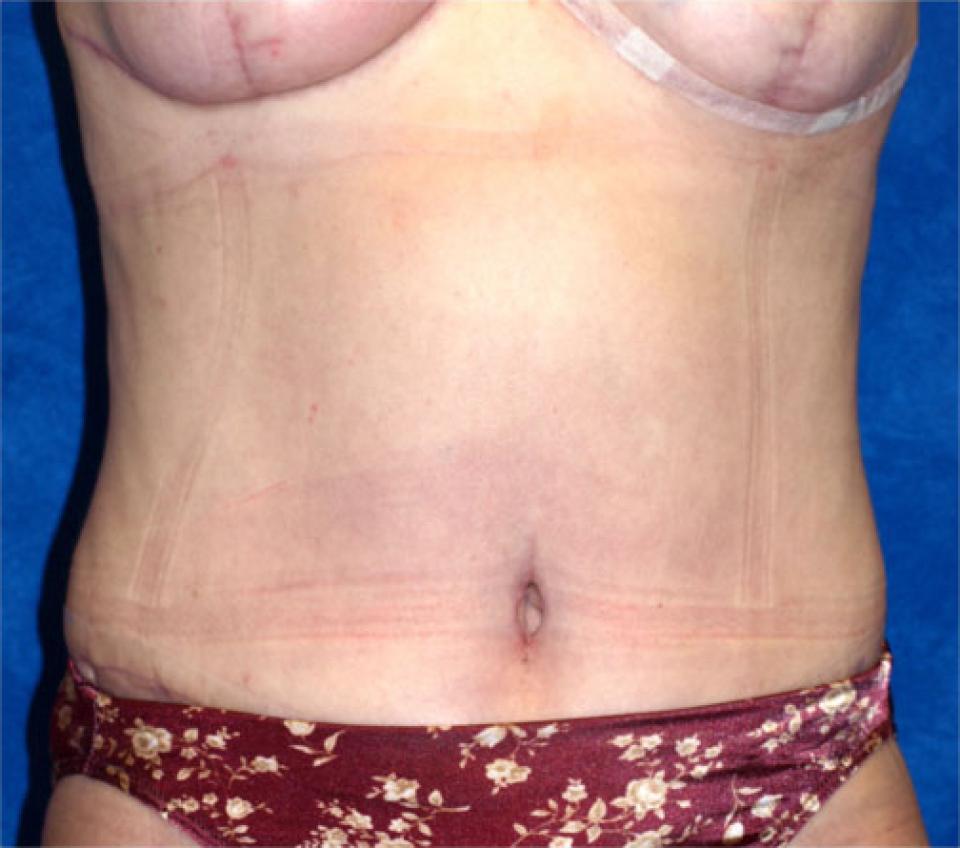Excess Skin
“Excess” is a judgement, implying more than the subject wishes, and may be anywhere from indistinguishable to gross. The surgical techniques will vary only in quantity removed.
Although “drooping” of body parts and stretching of skin is accepted (albeit reluctantly) as a normal concomitant of the aging process, recent medical advances have produced a whole new “unintended consequence” of weight reduction procedures.
Obesity is the new form of malnutrition, not yet at epidemic levels perhaps, but certainly endemic. The subject may lose weight by the very difficult self-denial of food, or by bariatric surgery. This removes the fat from the body, but does not remove the envelope that once contained it, and the skin now hangs in folds which may not bother an elephant but is of concern to most people who do not esteem the shiazu look. This is no longer the supple, elastic, “bounce back” skin of the young person, but has become an inelastic loose substance, and when it is a result of severe weight loss, it encompasses the whole body, limbs as well as torso, and probably also the face.
The issue is not merely a question of being unsightly; the overhanging folds of skin result in abnormal moisture and aggregation of superficial infection, intertrigo, and pose, no matter how scrupulous the subject, difficulty in hygiene. (S)he is left with no remedial choice other than surgical excision of the excess skin.
Although the need for surgery may be obvious, timing is of great concern. The procedures in general should not commence until two years after the weight loss program started nor less than one year after weight has stabilized, by which time what natural reduction in skin substance that might occur has already happened.
The risk to the patient lies less in the surgery than in general health. Many excessively (morbidly) obese persons suffer from the metabolic syndrome, a combination of conditions such as high blood pressure, coronary artery disease and Type 2 diabetes. Their medical status must be brought as close to normal as possible and full attention given to it by anesthesiologist and surgeon; the co-operation of an internist specialising in this field might be sought. Many surgeons will require that the patient no longer uses tobacco.
Among the issues for the patient to understand before making his decision: realistic expectations of surgery, understanding there will be several procedures, each of which leaves a scar and all of which are likely to be followed by a period of depression; (s)he must also know whether medical insurance will pay for what they may term “cosmetic” procedures.
Among the procedures that might be involved are: panniculectomy; “tummy tuck” (abdominoplasty); ventral hernia repair (herniorrhaphy); belt lipectomy (body lift); breast lift (mastopexy) and/or reduction; skin removed from arms (brachioplasty); face lift.
 before
before
 after
after
This case depicts a 29 year old woman who after bearing three children had become concerned with the protuberance of her abdomen. In this case, both stretching of the abdominal wall and excess fat beneath the abdominal skin were contributing to the unfavorable contour of her abdomen.
She had moderate but not severe stretch marks over her abdomen, the majority of which were removed in the surgery.
 before
before
 after
after
This case depicts a 40 year old woman who had borne three children via c-section. Her c-section resulted in a vertical scar starting immediately below the belly button or umbilicus. She had extra fat beneath the abdominal skin, in addition to a noticeable c-section scar.
During her surgery, the abdominal wall was tightened, portions of the excess fat beneath the skin were removed and the entire vertical c-section scar was removed. The post-operative photographs depict this woman's appearance approximately one month after surgery.
Dr. Belsley's Philosophy of Male Breast Reduction
Treatment for gynecomastia can be approached in several ways and is largely dependent upon the “type” of tissue in the chest that needs to be reduced. A physical examination is necessary to create a plan for treatment. Most of the time, I treat these individuals with a combination of ultrasonic liposuction and removal of glandular and breast tissue through a small incision on the border of the areola. Some individuals will be able to achieve excellent results with ultrasonic liposuction alone. Others, may require more extensive incisions. My goal is to give you a natural looking masculine shape that is well proportioned with the rest of your body using the shortest incision possible.
More >>